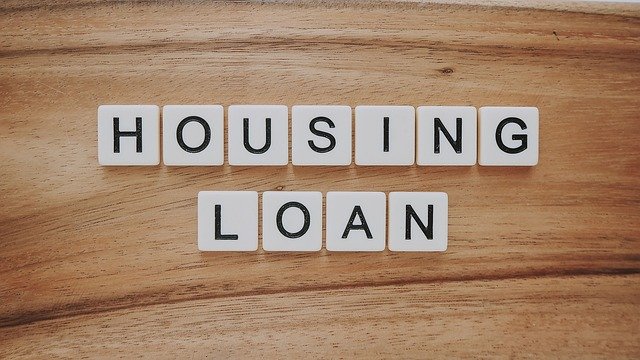Mortgage insurance: essential facts for homeowners and buyers
Mortgage insurance is a type of protection that helps lenders or borrowers manage the risk when a homebuyer has a smaller down payment. It is commonly required on loans where the borrower’s equity is below a lender’s threshold. Understanding how mortgage insurance works, who pays for it, and how it interacts with housing and real estate transactions can help homeowners make more informed financing choices.

What is mortgage insurance?
Mortgage insurance is a contract that covers part of the lender’s loss if a borrower defaults on a mortgage. It may be arranged through a government-backed program or a private insurer. Mortgage insurance does not protect the homeowner directly; instead, it reduces lender risk enough to allow loans with lower down payments. Different loan types—conventional, FHA, VA—use varying mortgage insurance structures, duration rules, and payment methods.
How does insurance protect homeowners?
While mortgage insurance primarily protects lenders, certain insurance products linked to mortgages can offer homeowner benefits. For example, mortgage life insurance can cover outstanding mortgage debt if the borrower dies, and mortgage payment protection can temporarily cover payments after job loss or disability. These products are separate from standard mortgage insurance that protects the lender, and homeowners should review policy terms, limitations, and exclusions to understand coverage scope.
How does mortgage insurance affect housing decisions?
Mortgage insurance influences housing affordability and monthly payments. For buyers with limited savings, mortgage insurance can enable access to housing sooner by lowering the required down payment. However, it also raises monthly costs until the insurance is removed or the required equity threshold is reached. Prospective buyers should weigh the trade-off between buying earlier with insurance versus saving for a larger down payment to avoid the added expense and increase long-term equity in a home.
What does mortgage insurance mean for real estate transactions?
In real estate transactions, mortgage insurance can affect offer competitiveness and closing details. Sellers and agents often consider whether a buyer’s financing will require mortgage insurance—this can influence negotiation over price, concessions, or timing. Lenders will outline mortgage insurance requirements during underwriting, and title and closing documents may reflect premiums or escrow arrangements. Real estate professionals and buyers should confirm how mortgage insurance integrates with other transaction costs to avoid unexpected amounts at closing.
When is mortgage insurance required for a homeowner?
Mortgage insurance is typically required when a borrower’s down payment or equity falls below a lender-defined threshold—commonly 20% for conventional loans. Government-backed loans have their own rules: FHA loans generally require mortgage insurance regardless of down payment size, while VA loans may have different fee structures. Some lenders permit cancellation of private mortgage insurance once the homeowner attains a specific loan-to-value ratio, while other programs mandate insurance for a set period. Homeowners should review their loan documents and local regulations to determine exact requirements.
Coverage types and how long it lasts
Mortgage insurance comes in several forms: private mortgage insurance (PMI) for conventional loans, mortgage insurance premium (MIP) for FHA loans, and funding fees or insurance equivalents for other programs. Duration varies: PMI can often be canceled once the borrower reaches 20% equity, while FHA MIP may remain for the life of the loan depending on the original down payment and loan terms. Homeowners should track their equity, understand appraisal and cancellation procedures, and consult lenders about automatic termination triggers and potential refunds of upfront premiums.
Conclusion
Mortgage insurance plays a specific role in the housing and real estate ecosystem: enabling loans with lower down payments while shifting some default risk away from lenders. For homeowners and buyers, the key considerations are who the policy protects, how it affects monthly and long-term costs, and the conditions for removal. Reviewing loan terms, talking with lenders or housing counselors, and comparing insurance structures across loan programs can help clarify the practical implications for any home purchase or refinancing decision.






